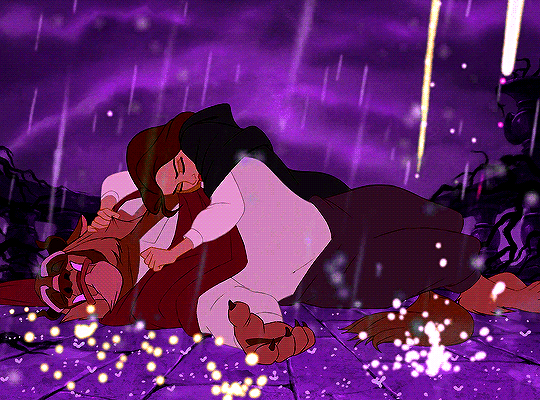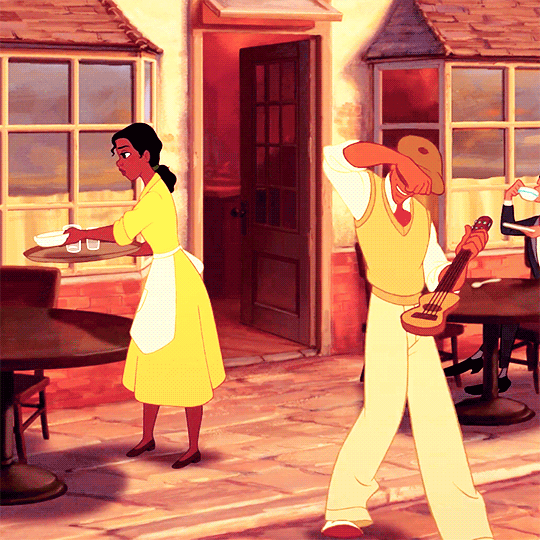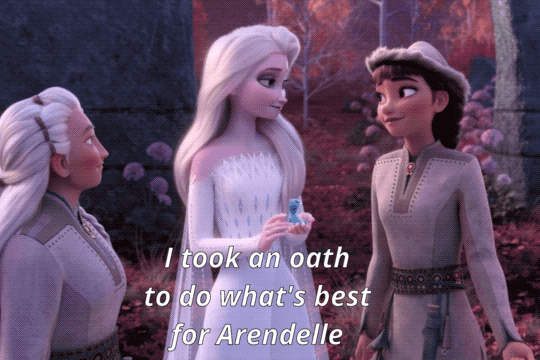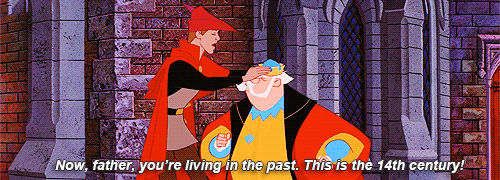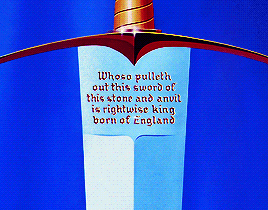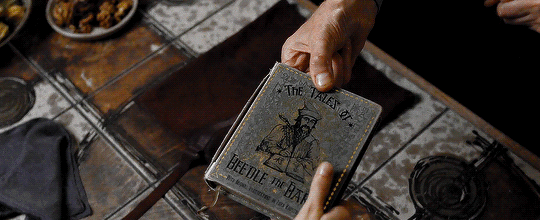The Similarities Between “The Tales of Beedle the Bard” and Disney Fairy Tales
One of my favorite genres is fairy tales, and that’s why I love The Tales of Beedle the Bard. The writing style is gorgeously detailed, and the stories are intriguing. While the stories are inherently unique, they do share some similarities with Disney’s depictions of fairy tales.
1. There is a connection to Beauty and the Beast.
An arrogant man with a cold, dead heart, and a woman destined to love him – this familiar plot not only comes from Disney’s Beauty and the Beast but also from “The Warlock’s Hairy Heart” in The Tales of Beedle the Bard. Specifically, in “The Warlock’s Hairy Heart,” a young man only cares about himself and wants to live forever. While the use of magic is different in this story, the plot is related to the events of Beauty and the Beast. While the young warlock in J.K. Rowling’s story isn’t cursed to turn into a beast, both the beast and the warlock live lonely, rich lives until women save them.
2. There are familiar fairy-tale tropes.
We all know the usual tropes in fairy tales: a prince rescues a princess, two heroes fall in love, villains want to vanquish royalty, or magical objects and animals help save the day. In “The Wizard and the Hopping Pot,” a magical cauldron comes alive and saves the day, a familiar trope shared in Disney’s Beauty and the Beast with the enchanted household objects. In “The Wizard’s Hairy Heart,” a wealthy man falls for a beautiful heroine who changes him from arrogant to hopeful, similar to the trope used in Disney’s The Princess and the Frog with Tiana and Naveen.
3. Disney fairy tales and The Tales of Beedle the Bard both teach lessons.
One of the most fulfilling aspects of reading fairy tales is how neatly the endings are sewed up. There is always an important lesson to be learned, and that is definitely true of The Tale of Beedle the Bard and Disney fairy tales. For example, the lesson to be learned in “Babbity Rabbitty and Her Cackling Stump” is to be kind to others even if they are different from you. In Disney’s Frozen, when Queen Elsa is persecuted for having magic powers, her kingdom falls into misery until Elsa is accepted for who she is. In “The Fountain of Fair Fortune,” the lesson to be learned is that everyone must look to themselves for answers and magic. This lesson is echoed in Disney’s Brave when the heroine, Merida, learns to trust and love herself for who she is.
4. Disney fairy tales and The Tales of Beedle the Bard have historical connections.
While most fairy tales come from legends and myths, there is some truth in them. One example is the young warlock’s family in “The Warlock’s Hairy Heart.” One of the details in the story is that the warlock inherited his family’s castle and lands once his parents died. This detail alludes to the concept of primogeniture, the historical practice of the firstborn son inheriting the family title and wealth. In Disney’s Cinderella, the king is desperate for his son to marry. The king tells the Grand Duke in multiple scenes that he will only feel at ease once his son marries and will be able to secure an heir to the throne. A similar scene occurs in Sleeping Beauty, where Prince Phillip’s father proclaims that he wants to have grandchildren to know that his family line will go on.
5. There are connections to Arthurian legend in both.
In The Tales of Beedle the Bard and in Disney movies, there are quite a few references to Arthurian legend. The most obvious example is Disney’s adaptation of The Sword in the Stone, which imagines what King Arthur’s childhood was like. In “The Fountain of Fair Fortune,” Sir Luckless is a representation of a knight of the round table. With his calm nature, even temperament, and romantic ideals, he’s an embodiment of just the sort of knight working alongside King Arthur. Also in “The Fountain of Fair Fortune” are three main characters who are female witches. The witches are clever and self-serving, similar to Morgan le Fay in Arthurian legend, who is also a strong female character. Disney adaptations have continued to reuse elements of Arthurian legend since The Sword in the Stone was released, including Thor removing his hammer from the ground to signal his claim to the throne of Asgard, which mimics Arthur pulling the sword from the stone to lay his claim to the English throne.
What other connections did you find between Disney fairy tales and The Tales of Beedle the Bard? Let us know in the comments.


